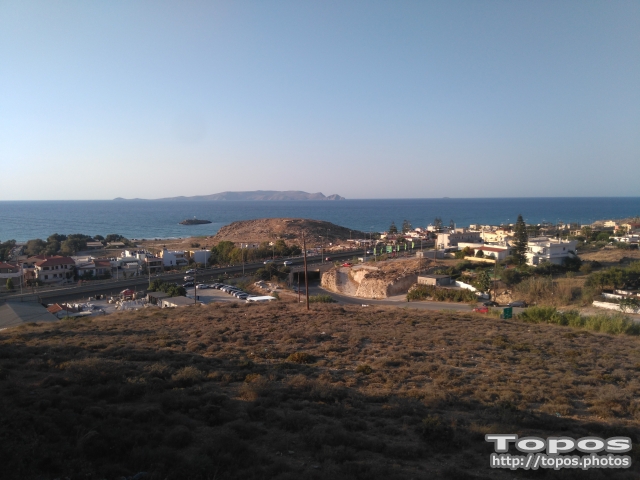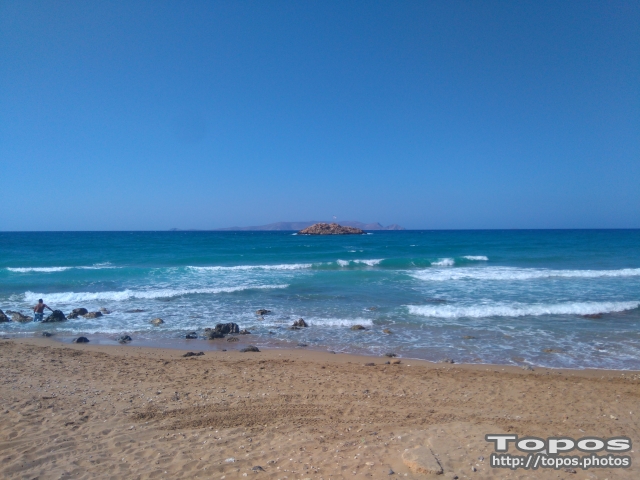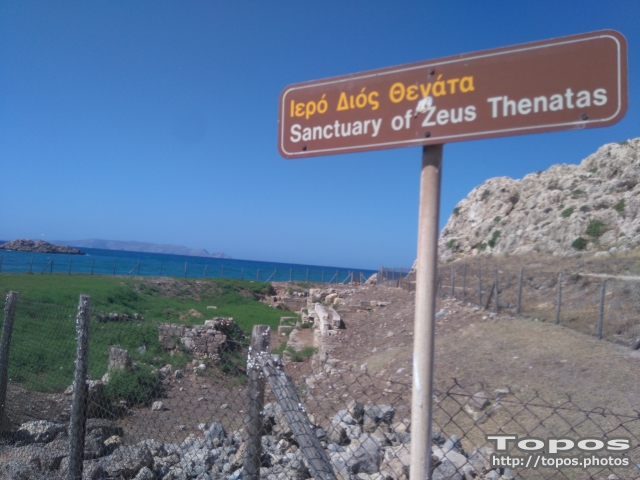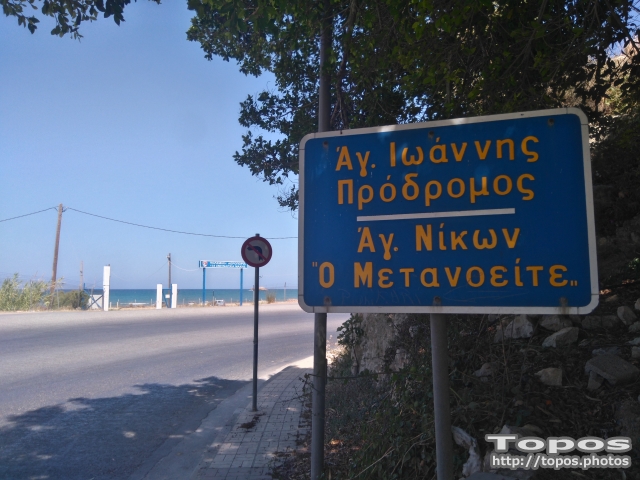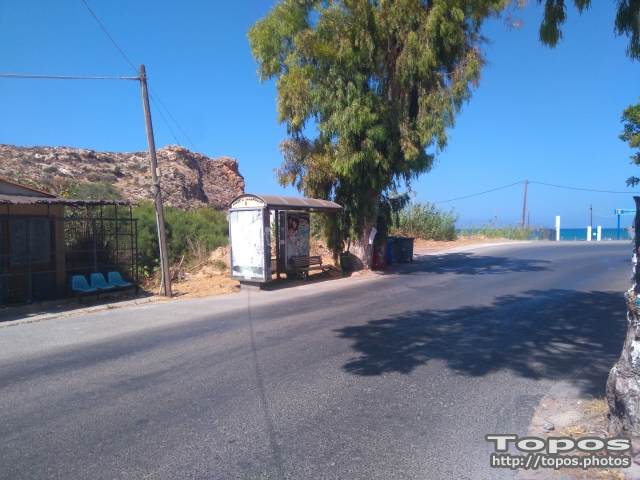Your Position:
Unknown
Λεπτομέρειες ΕικόναςImage details
More Photos
Press here.
Places near Bus Stop
Amnisos, also Amnissos and Amnisus, is a Bronze Age settlement on the north shore of Crete used as a port to the palace city of Knossos. It appears in Greek literature and mythology from the earliest times, but its origin is far earlier, in prehistory.
The historic settlement belonged to a civilization now called Minoan. Excavation at Amnisos in 1932 uncovered a villa with a house known as the "House of the Lilies" after a lilies theme depicted in a wall fresco.Amnisos is seven km east of Heraklion (Iraklio) on a beach used for recreation by the citizens of the modern city, which is the main port on the north coast. The current sea level is three metres higher than the Bronze Age one. Drowned houses are visible.The ancient settlement bears the same name as the river exiting there. Currently called the Karteros, from the Iron Age name of Caeratus, the river was the Amnisos in the Bronze Age. Across from its mouth is a very small island called Amnisos. It is a seasonal river, reducing out of season to a stream running through Karteros Ravine from a source on Mount Ida of central Crete. The divinities, Amnisiades, were associated with the river.There was no navigable stream to Knossos, today part of the port city. The road was lined with very ancient cult sites. One is the cave of the goddess Eileithyia. It contained objects dating as far back as the Neolithic.Amnisos was first excavated by Spyridon Marinatos in 1932, who discovered a villa that came to be termed "The House of Lilies" from the one fresco that could be restored. The two-story villa had ten rooms. There was a paved court, a hall with a polythyra, a kitchen area, a shrine and a bathroom.The restored 1.8 m high frieze from the second floor (first storey) depicts red and white lilies, mint, iris and papyrus growing in pots. Concerning the date, Matz[1] has this to say: "The blossoms ... are inlaid with coloured paste on a ruby ground, by a method similar to that used for inlaying intarsia. This is a rare technical process. Dating is made possible by concurrence with vases originating from a Late MM IIIa level."[2]If it is on the border between the Middle Bronze Age (Middle Minoan, MM) and the Late Bronze Age (Late Minoan, LM) the fresco is an early, if not the earliest, instance of a style familiar to the early Late Bronze Age, LMIA, or "Palace Period." Often termed the "naturalistic style", it flourished ca. 1570-1470 BCE. In it are stylized motifs from nature, especially floral, and courtly scenes. The original colors of red, blue, yellow and black were bright.The house was destroyed by fire during LMIA.Around 1450 the villa was burned along with all the other major sites in Crete except for Knossos. These events are generally interpreted as an interest in ruling the island by Mycenaean Greeks. As the name Amnisos evidences the pre-Greek -ssos suffix, they probably took the name as it was.







